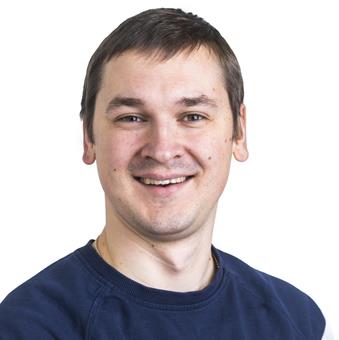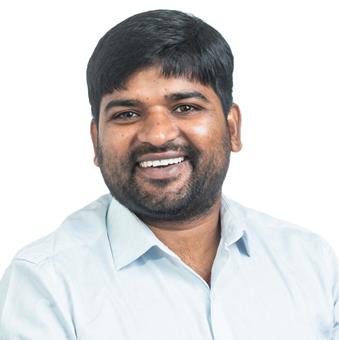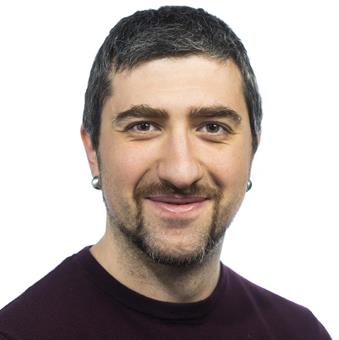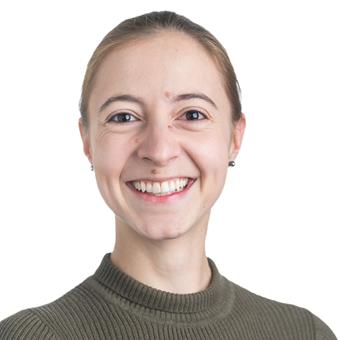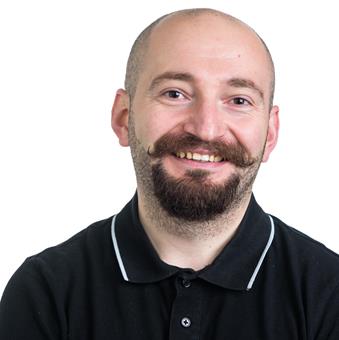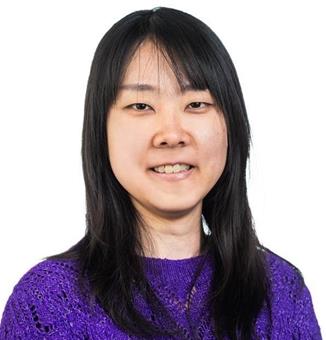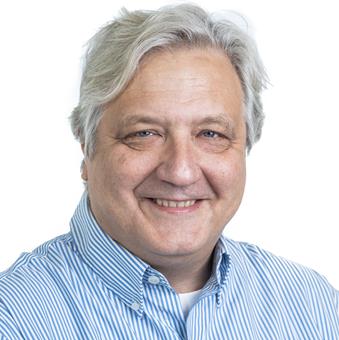Experimental progress and development of new materials and devices is difficult without fundamental understanding of their basic properties such as morphology, electronic structure, character of ionic and electron transport, and the device functionality. The theoretical simulation and modelling of the basic properties of organic materials and devices represent the main focus of the research activity of our group.
The theoretical tools in our computational modeling include ab initio methods for electronic structure calculations and optical properties, such as Density Functional Theory (DFT), its non-stationary time-dependent (TD) variation, plane-wave (PW) DFT. We also use molecular dynamics (MD) techniques (first-principle, classical, coarse-grained, and supra coarse-grained), multi-scale charge transport calculations, various machine learning techniques, and the Nernst-Planck-Poisson approach for device modeling.
Our computational studies are conducted in close collaboration with experimental facilities of our group, other groups within Laboratory of Organic Electronics and around the globe. The theoretical results we obtain help to understand and guide material engineering and device design. Conversely, input from experiments provides essential motivation for our theoretical work.
The unit of Theory and Modelling for Organic Electronics consists of two research groups led by Prof. Igor Zozoulenko and by Assoc. Prof. Glib Baryshnikov.



